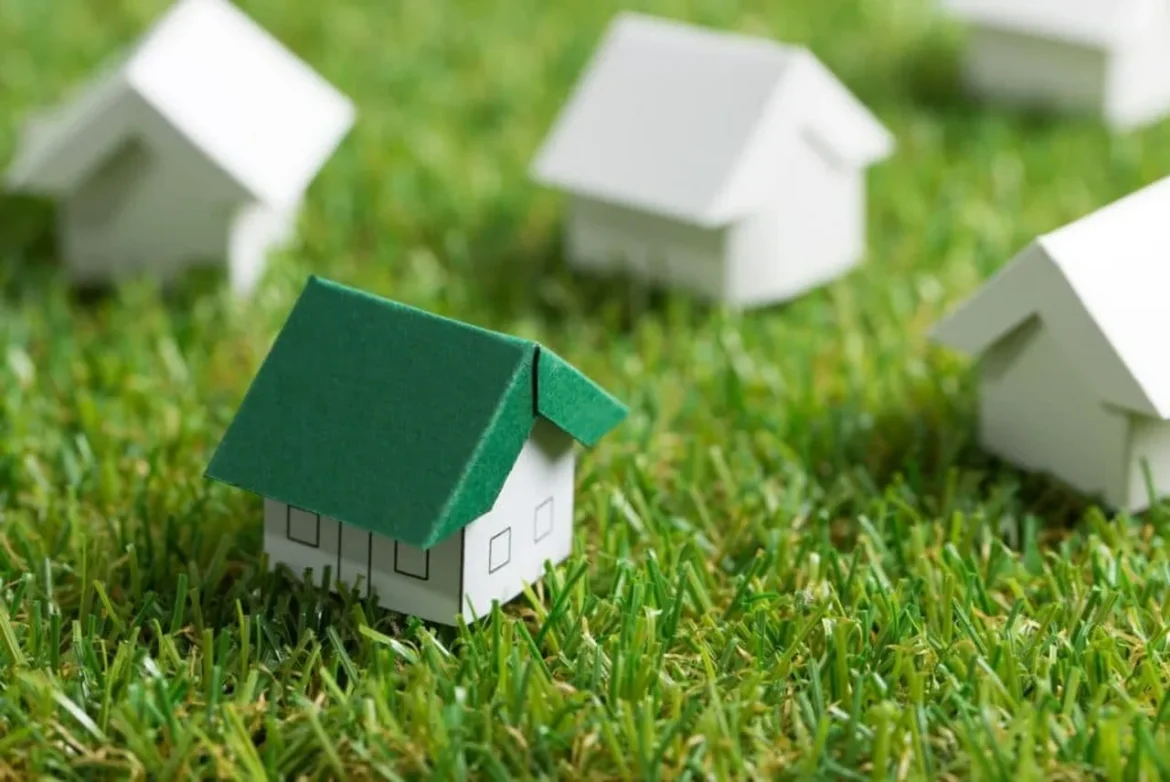In today’s world, sustainability is more important than ever. As we become increasingly aware of the environmental impact of our daily choices, more people are seeking ways to reduce their carbon footprint and create more eco-friendly homes.
Advertisement
Sustainability isn’t just about energy-efficient appliances or recycling—it’s a lifestyle choice that can permeate every aspect of your home, from how you use water to what you buy, and even how you build. In this article, we will explore simple and effective sustainable practices that can help you reduce waste, conserve resources, and create a greener, healthier living environment.
1. Start with Energy Efficiency
Reducing energy consumption is one of the most impactful ways to make your home more eco-friendly. Energy-efficient practices not only lower your carbon footprint but also reduce your monthly utility bills.
-
Switch to LED Bulbs: LED light bulbs use up to 85% less energy than traditional incandescent bulbs and last 25 times longer. Though they can be more expensive upfront, their long lifespan and low energy use make them a cost-effective choice in the long run.
-
Install a Programmable Thermostat: A programmable thermostat can help regulate your home’s temperature and reduce heating and cooling costs by automatically adjusting the temperature when you’re not home.
-
Energy-Efficient Appliances: When purchasing new appliances, look for the Energy Star label. These appliances are designed to use less energy and save you money in the long term. Washing machines, refrigerators, and dishwashers with high energy efficiency ratings use less electricity and water.
-
Seal Drafts: Gaps around windows and doors can cause significant heat loss. Use weatherstripping or caulk to seal any leaks and keep your home warmer in winter and cooler in summer.
-
Use Solar Energy: Solar panels are an investment but can significantly reduce your reliance on nonrenewable energy sources. If installing solar panels is not an option, look into solar-powered garden lights, water heaters, or small appliances.
2. Water Conservation Techniques
Water conservation is another key component of an eco-friendly home. Not only does it help preserve this precious resource, but it also reduces your water bills.
-
Fix Leaks: A leaky faucet may seem like a minor problem, but over time it can waste gallons of water. Fix any leaks promptly to prevent unnecessary water wastage.
-
Install Low-Flow Fixtures: Low-flow toilets, showerheads, and faucets reduce water usage without sacrificing performance. Installing these fixtures is an easy, low-cost upgrade that can have a big impact.
-
Use Water-Efficient Appliances: Just like with energy-efficient appliances, look for washing machines and dishwashers that are rated for water efficiency. These appliances use less water per load, which adds up to significant savings over time.
-
Collect Rainwater: If you live in an area with regular rainfall, you can set up a rainwater harvesting system. This water can be used for outdoor gardening, washing your car, or even for flushing toilets.
-
Water Plants Smartly: Water your plants early in the morning or late in the evening when evaporation is lower. Consider using a drip irrigation system to target the roots of plants directly, reducing water waste.

